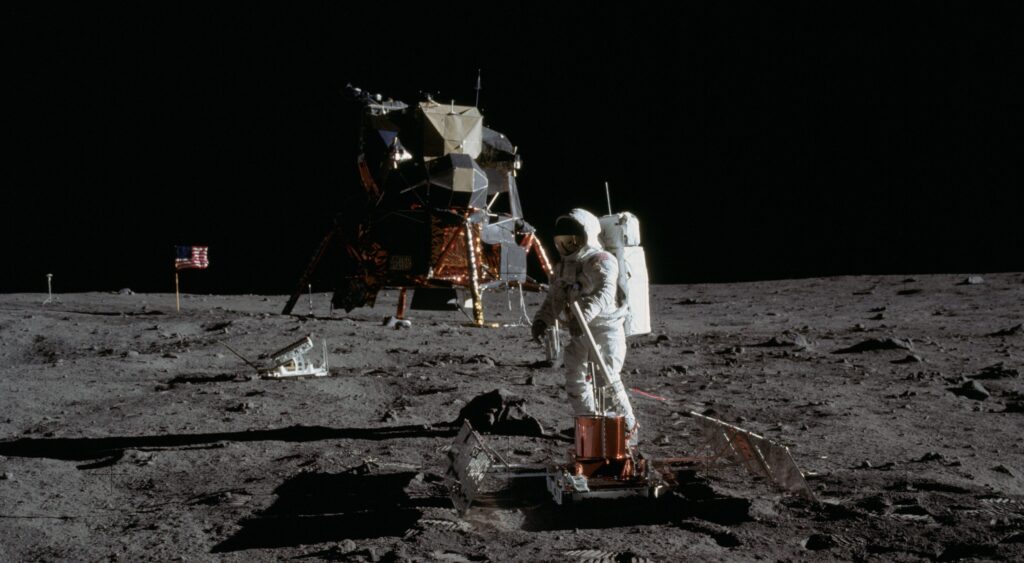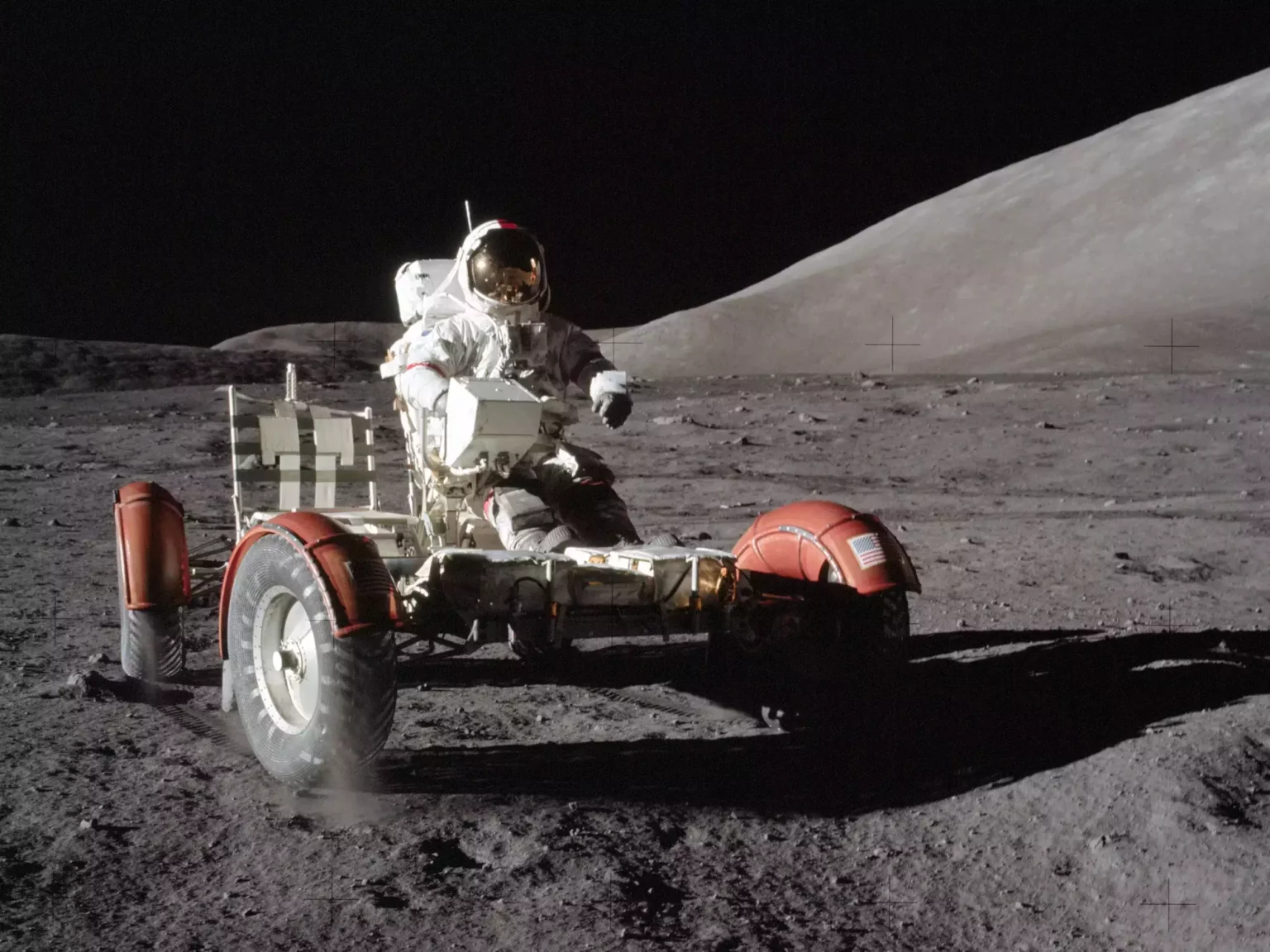Researchers have uncovered a fascinating connection between the historic US moon mission Apollo of 1972 and lunar temperatures. This revelation offers profound insights into the occurrence of moonquakes and enhances our understanding of seismic activity on Earth’s natural satellite.
This innovative analysis leveraged data from the 1970s and harnessed the power of artificial intelligence (AI) algorithms, marking a pivotal moment in our understanding of how human-made objects react to lunar temperature fluctuations. The study illuminated a phenomenon known as “impulsive thermal moonquakes,” where man-made structures on the moon expand and contract in response to temperature variations.

The research underscored the extreme temperature swings on the moon’s surface, with nighttime temperatures plunging to an astonishing minus 208 degrees Fahrenheit (minus 133 degrees Celsius) and daytime temperatures soaring to a scorching 250 degrees Fahrenheit (121 degrees Celsius). These dramatic temperature shifts trigger the expansion and contraction of the lunar surface.
Published in the Journal of Geophysical Research: Planets, this study detected subtle vibrations caused by the Apollo 17 lunar lander, strategically positioned just a few hundred yards from instruments that recorded these lunar tremors.
While moonquakes are generally harmless and imperceptible to human observers on the lunar surface, the study yields valuable insights into the moon’s seismic behavior. This knowledge holds immense importance as scientists work tirelessly to establish a human presence on Earth’s celestial neighbor.
Dr. Angela Marusiak, an assistant research professor at the University of Arizona’s Lunar and Planetary Laboratory, highlighted the critical role played by the instruments aboard Apollo 17 in studying moonquakes. These instruments, including seismometers designed to detect surface expansion and contraction, have contributed significantly to our comprehension of lunar seismic activity.
The research team developed sophisticated algorithms to accurately pinpoint wave arrival times, measure the strength of seismic signals, and determine the source direction of moonquakes, even in the face of challenging data quality.
Moreover, the study differentiated between moonquakes resulting from lunar surface reactions to sunlight, known as “emergent thermal moonquakes.” Unlike Earth, the moon lacks tectonic plates responsible for traditional earthquakes but experiences seismic events due to activity within its soil.
Dr. Marusiak expressed optimism that future lunar missions, such as the Artemis program, will incorporate seismometers. These instruments are vital for a comprehensive understanding of lunar processes, including those beneath the lunar surface.
Coauthor Allen Husker, a research professor of geophysics at Caltech, underscored the significance of lunar seismology. He emphasized that the moon is the only planetary body aside from Earth to host multiple seismometers simultaneously, offering an unparalleled opportunity for in-depth exploration.
This study represents a remarkable leap forward in unraveling the moon’s seismic mysteries and advancing our understanding of the lunar environment.




